Former Cavalier reaches Mars through NASA
On Feb. 18, the newest Mars rover, Perseverance, landed after years of work by NASA’s top scientists and engineers including Clover Hill High School graduate David Newill-Smith.
Perseverance is the latest advancement in NASA’s Mars Exploration Program, which seeks to increase understanding of the planet and ultimately clear a path for human missions to the surface. Previous rovers have determined that certain locations on Mars once had the capability to support life with sufficient temperatures and water.
Perseverance’s main functions are to use its advanced tools to search for indications of past life and to collect rocks samples to return to Earth. It is also equipped with an accompanying helicopter called Ingenuity, which recently completed the first ever flight within the atmosphere of another planet. NASA’s Mars 2020 mission, the current phase of the Mars Exploration Program, comprises of both Perseverance and Ingenuity.
Newill-Smith is a robotics mechanical engineer and a systems engineer and has been working for the last six years on a component of the rover called the sample catching subsystem (SCS). It is designed to collect and store rock samples from the Jezero crater, the location of the mission. The Jezero crater is an ancient lake bed and river delta that could contain the signs of past life that the rover was designed to locate. Perseverance uses several systems to drill into the surface of Mars and transfer the samples into the interior of the rover.
“My main job was to design and deliver the [drill] bit holders and bit exchange process for the rover,” Newill-Smith said. “That included mechanical design, analysis, fabrication, cleanroom assembly and testing of the bit holders as well as the design and testing of the bit exchange function and software sequences which accomplish that function.”
The project did not go as originally planned, however, as the group experienced several setbacks during the time spent building Perseverance.
“We actually redesigned the bit holders three times,” Newill-Smith said. “The last time happened pretty late in the project, and we had to essentially redesign the bit holders and entire bit exchange process from scratch. That’s a huge part of any mission and system like this: figuring out how to respond when things don’t work like you expected.”
After pushing through their problems, the engineers were finally able to succeed with the finished product. Though the SCS has not yet been tested on Mars, Newill-Smith believes that it will function as intended because it worked incredibly well during simulated missions on Earth.
“This system in particular is probably one of the most complicated things we’ve ever flown into space,” Newill-Smith said. “I’ve been working on the project for the last six years, and others have worked on it up to eight years. And it took every minute of that to make it work.”
Astronomy teacher Nick Braun has closely followed the achievements of the Mars Exploration Program and looks forward to watching the plan come to fruition.
“Perseverance has some incredible technology with its instruments and cameras and I am excited to potentially see some of Mars’s geologic samples return to Earth to examine,” Braun said. “NASA’s Exploration Program is incredible. We have some of the smartest people in the world working for NASA. It is awesome to see how fast the technology envelope gets pushed. I think we are still a long way from humans on Mars, but these historical events in space exploration are really exciting to share with my students.”
Newill-Smith considers Perseverance’s landing on Mars to be a dream come true because of the hope it inspires for the future of space exploration.
“At least for me, space exploration and projects like this truly represent humanity’s potential,” Newill-Smith said. “It’s a manifestation of hope and what we can achieve, and I think Perseverance’s landing in particular came at a time when we really needed that example.”
Senior Althea Noonan is excited about the Perseverance rover mission after watching the landing and seeing the initial success.
“The mission itself is so inspiring,” Noonan said. “I was able to talk with some of the scientists who helped work on the mission at a summer academy, and I was really struck by how much of a collaborative effort from people all over the country it was. Watching the rocket launch in July and then watching videos of the mission control rooms when it landed made me so excited for the future and all the amazing things we have yet to accomplish.”
Newill-Smith is currently still working with the rover operations team to plan and execute the first bit exchanges. At the same time, he has moved on to his next project.
“I’ve since started working as the Project Systems Engineer on a new lunar mission called COLDArm,” Newill-Smith said. “It’s a much smaller technology demonstration mission aimed at creating a robotic arm which can operate at temperatures as low as -180 degrees Celcius without heaters. If it works, this would be a huge help for lots of future missions to very cold places like Europa [one of Jupiter’s moons] and the Moon.”
According to Newill-Smith, he always knew that he wanted to go into engineering and the sciences.
“I think I was just fascinated with understanding how the world works and applying that understanding to make it a better place,” Newill-Smith said. “And space in particular always captured my imagination. I remember hearing about Cassini [a spacecraft that explored Saturn] and Curiosity [a Mars rover] when I was growing up and feeling incredibly inspired. When I went to college, I took a lot of classes on robotics and spacecraft and design, and I couldn’t get enough. It always seemed like the perfect combination of the frontier of technology and the worthwhile mission of exploring and understanding our universe.”
He credits his time at Clover Hill for helping to prepare him for the challenges of his current work.
“The teachers in the Math/Science school and Clover Hill in general were simply amazing,” Newill-Smith said. “And I’ve realized even more since then how lucky I was to have such dedicated folks invested in my future. I think something that specifically really helped me in the career and education path were the science fair projects and reports that we did. Doing those really taught me how the scientific method worked and how to communicate that to others.”
Newill-Smith, who graduated from Clover Hill in 2010 before attending Princeton University, encourages current Cavaliers to be confident in their abilities and follow their passions.
“Never doubt your ability to learn any subject,” Newill-Smith said. “I really believe that there’s no such thing as a weak subject for any one individual; just an as-yet-to-be-found perfect way for that person to learn that subject. And don’t be afraid to follow your passions and interests and do your own projects! I’ve learned a ton by doing projects outside of class, and in fact, that’s in large part of what got me my job at JPL [NASA’s Jet Propulsion Laboratory].”
Sophomore Andrew Orndorff highly values the achievements made with Perseverance, and is proud that Clover Hill played a part in it.
“The rover is truly a wonderful achievement for humanity, and if it finds evidence of extraterrestrial life, then we will be attending a school which contributed to the greatest discovery in human history, which is amazing to think about,” Orndorff said.
Noonan is one of many with high hopes for the future of missions to Mars as Perseverance continues its exploration of the planet.
“It is just so exciting to hear about the progress of the perseverance mission, and I can’t wait to see what happens next!”
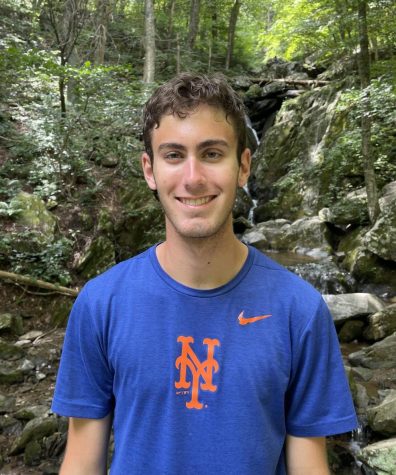
Ben is a senior in his third year of writing for the Cavalier Chronicle and his second as an editor. His love for writing led him to join the staff, and...


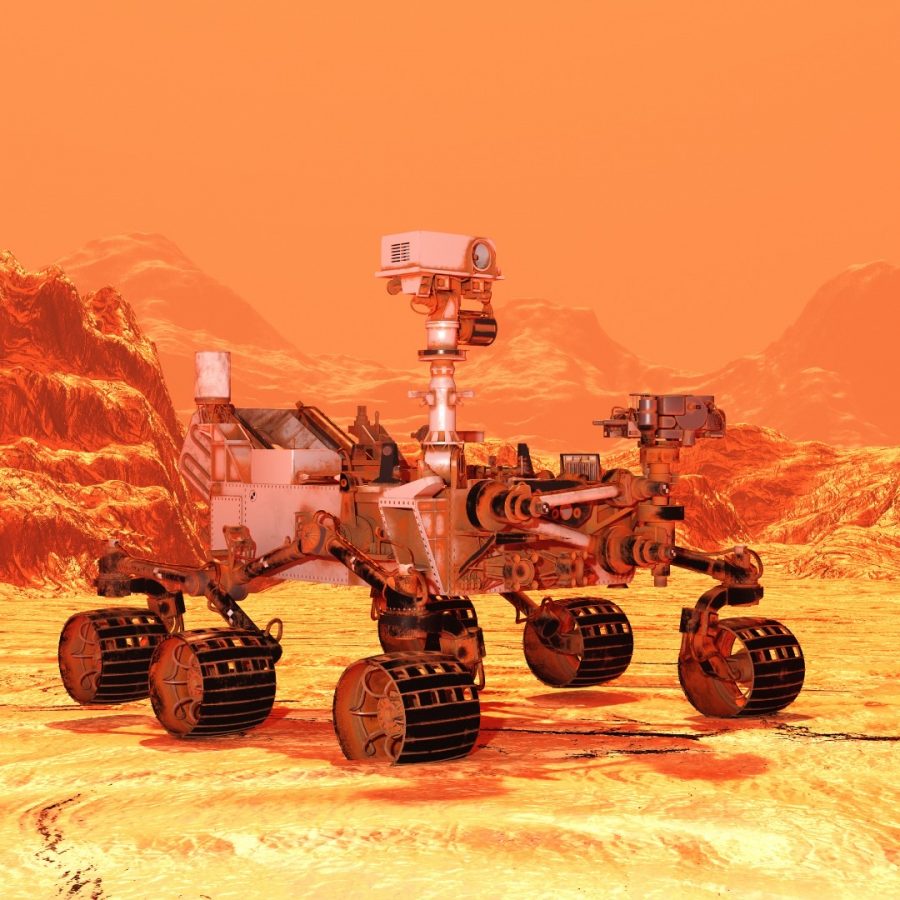
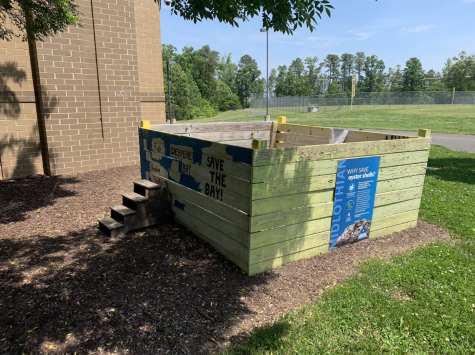
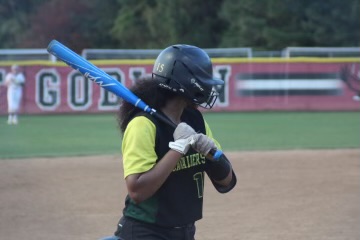
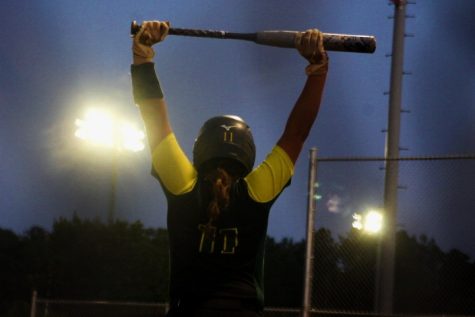
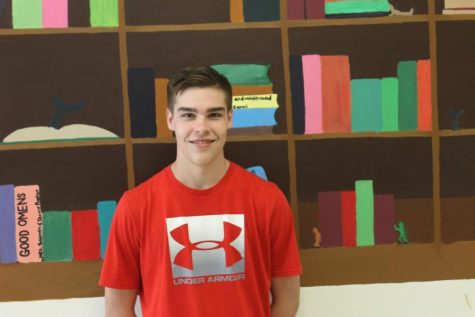
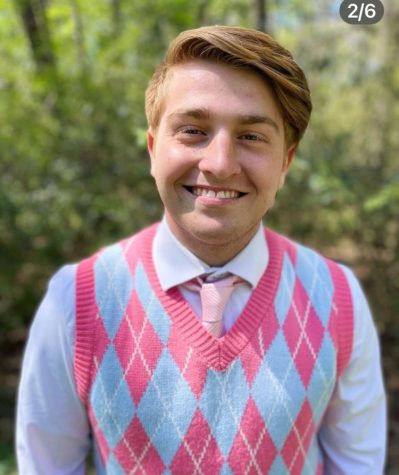
cw morris • Jun 24, 2021 at 7:10 am
this is an awesome article, ben!
bravo 🙂